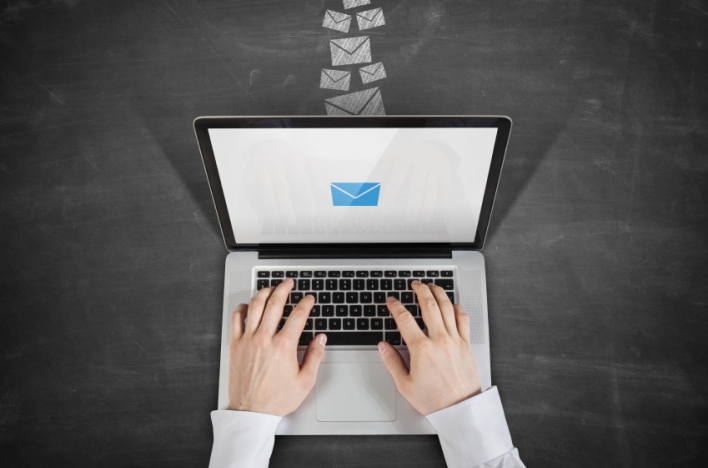Done right, it can supercharge your outreach to customers.
When it’s used well, email can be one of the most powerful weapons in your business’s marketing arsenal. Only a few years ago, I saw articles titled, “Why Email Marketing is Dead.” Today, most marketers will tell you that email never belonged on the endangered marketing species list, and is actually one of (if not the) strongest revenue-producing digital channels.
A 2016 industry census by EConsultancy and Adestra found that, on average, business-to-consumer marketers attribute 23 percent of their sales to email marketing.
Choose the Right Email Service Provider
Success in email marketing starts with finding an email service provider (ESP) that makes it easy to send messages, manage mailing lists and perform other mission-critical tasks. Your marketing team members are only as effective as the tools that they’re given. You wouldn’t bake a soufflé in an Easy-Bake Oven, would you?
There is no one-size-fits-all solution for email marketing, so you have to do your homework. Consult the people who will be using the platform every day. Don’t rule out a higher-priced platform if your producers see higher ROI opportunities. Listen to what your team members say they need to succeed, ask lots of questions during vendor demos, and establish measurable key performance indicators (KPIs) for your email campaigns within six, 12 and 18 months.
Use Data to Drive Email Strategy
A good ESP will make it easy to gather, track and use data about the people on your mailing list—everything from their first name to their birthday to how often they open your emails.
Having clean, up-to-date customer data in your ESP isn’t just a good idea; it’s pretty much a requirement for any brand that wants to stick out from the inbox crowd. It allows you to personalize email content and automate your digital marketing. In 2016, slapping a first name in a generic email just won’t cut it anymore.
Email is unique among marketing channels (digital and traditional) in that you can deliver the most relevant, personalized piece of content to a customer or prospect at the time it’s most beneficial to them. For example, after someone buys a new T-shirt from your site, you could set up your ESP to send an email showcasing similar shirts.
Look at your customer life cycle and decide where triggered emails should be placed to automatically nurture your prospects and customers. Map out touch points based on form and survey submissions, transactions, behaviors like email clicks and gated content downloads and even lack of behavior like not opening an email or abandoning a shopping cart. Setting up triggered emails for these touch points means your marketing team has more time for a/b testing, creating great content and exploring other marketing channels.
Single, behavior-triggered emails can be hyper-personalized, e.g. “Sara, you left this dress in your shopping cart!” But don’t think you can’t personalize emails just because you aren’t selling a product or collecting lots of demographic information. You can make some assumptions about your audience based on what you do know.
For example, a restaurant with a loyalty club might track how many menu items customers purchase each time they come in. Those club members who average four to six menu items per visit might be more interested in receiving emails about family events and specials than those who average one item per visit.
Beyond marketing, consider how email could strengthen your customer service. What if you sent a customer satisfaction survey to new customers 30 days after they’ve purchased your product? The feedback could be incredibly valuable. You also could show them how to access your support services or solicit testimonials from them.
Beyond Opens and Clicks
Email isn’t the end goal because conversions don’t happen within email—they probably happen in your store or on your website. So make sure every single email has a call to action, driving subscribers to the place where they’ll buy your product or sign up for your service.
Instead of pasting your entire blog post or news article in your email newsletter, write a summary or teaser about the article with a “Read More” link back to your website. As part of a larger content strategy, that content doesn’t help your site’s reputation or SEO value if it only lives in email, anyway.
When integrated smartly within the customer journey, email has tremendous potential to grow your business and produce measurable results.


